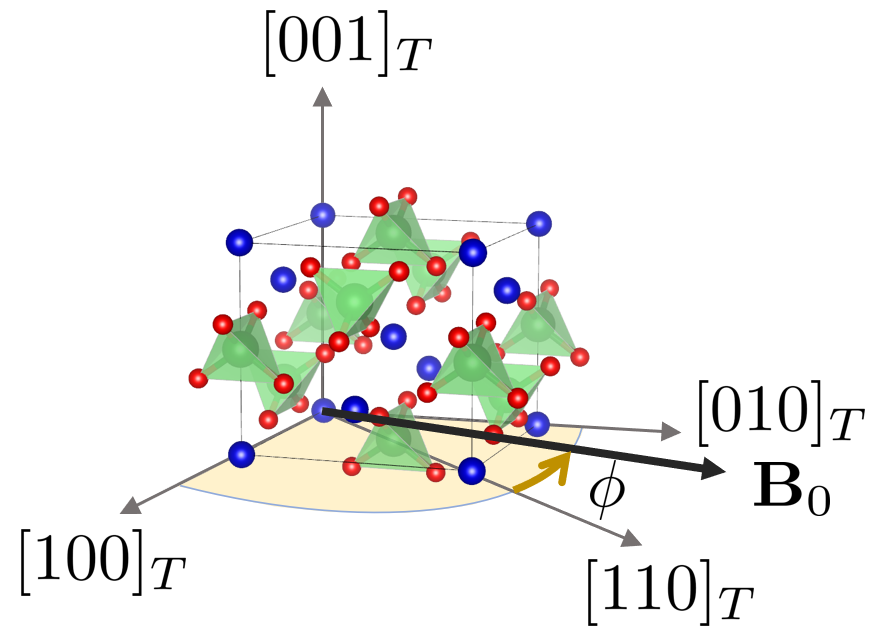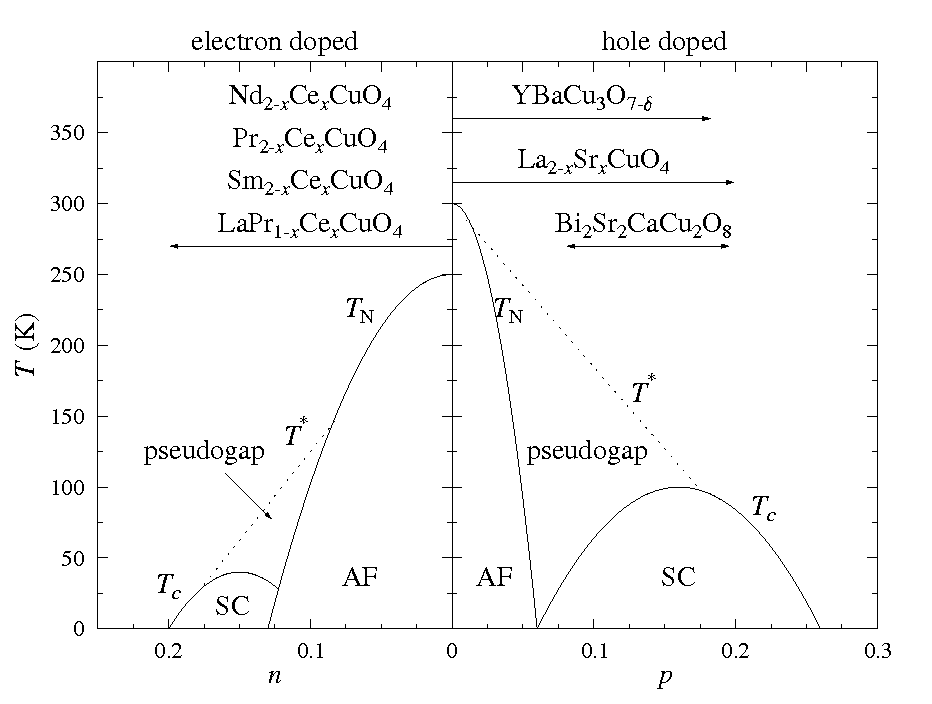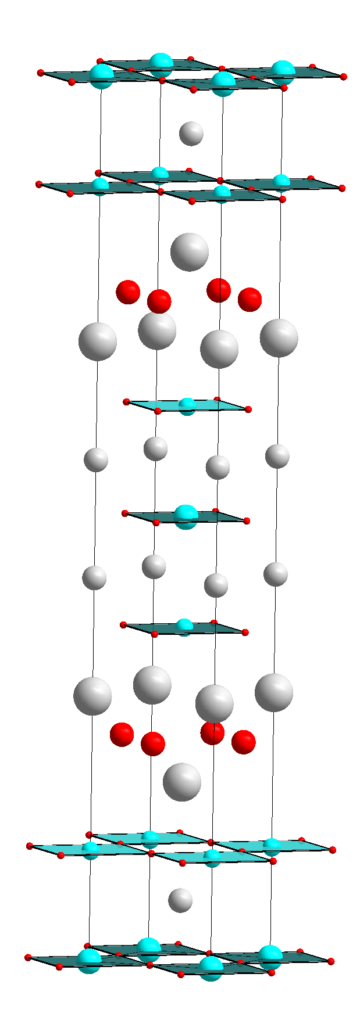Transition Metal Oxides

We have investigated several different transition metal oxides, including the high temperature superconducting cuprate Bi2Sr2CaCu2O8, the nickelate Ruddelsden-Popper compound La4Ni3O8, and more recently the rare-earth oxide TmVO4. TmVO4 is a particularly interesting system because it exhibits ferroquadrupolar order of the Tm 4f orbitals. These electronic orbitals are coupled to the lattice, and as a result the crystal undergoes a tetragonal-to-orthorhombic distortion when it orders and is a beautiful example of Ising nematicity. We have studied V-51 NMR to observe how the magnetic and quadrupolar fluctuations evolve as a function of magnetic field. For this work we first cut our crystal using a Plasma Focused Ion Beam (PFIB) into a perfect ellipsoid. This was the first use of a FIB for NMR studies.

Bi2Sr2CaCu2O8 is a prototypical high temperature superconductor, known for its two-dimensional nature and ability to cleave, making it ideal for surface probes such as angle-resolved photoemission and scanning tunneling microscopy. A long-wavelength structural modulation in this material significantly broadens the NMR resonances of the Cu and Bi. We have focused on oxygen-17 NMR, since the structural modulation affects the planar Cu resonance minimally. By isotopically enriching a single crystal with the rare O-17 isotope, we have been able to investigate the properties of the pseudogap with oxygen NMR. Our results show that the electronic inhomogeneity observed by surface probes such as STM also are evident in the bulk as probed by NMR.

The La4Ni3O8 compounds offer fascinating insight into the high Tc problem. The central element of the high temperature superconducting cuprates are square planar CuO2 planes that conduct the electrons which pair to form the superconducting condensate. In this case the Cu atoms have valence +2 and have one empty state in the d-shell. La4Ni3O8 (and other related nickelate structures) contain NiO2 planes, in which the valence of the Ni is less than +2. In this configuration the Ni has just over one empty state in the d-shell, similar to the Cu in the cuprates. One can ask, therefore, whether one can expect high temperature superconductivity in the nickelate compounds? Our NMR studies of the La-139 in these materials reveals the presence of antiferromagnetic fluctuations, similar to those found in their cuprate relatives. On the other hand, subtle details of the electronic state of the Ni and its bonding with the oxygen may preclude any superconductivity.
Relevant Publications
Anisotropic nematic fluctuations above the ferroquadrupolar transition in TmVO$_4$ Journal Article
In: Phys. Rev. B, vol. 104, no. 20, pp. 205137, 2021.
NMR evidence for spin fluctuations in the bilayer nickelate La$_3$Ni$_2$O$_6$ Journal Article
In: Phys. Rev. B, vol. 88, pp. 075124, 2013.
NMR studies of pseudogap and electronic inhomogeneity in Bi$_2$Sr$_2$CaCu$_2$O$_8+delta$ Journal Article
In: Phys. Rev. B, vol. 84, no. 22, pp. 224502, 2011, ISSN: 1098-0121.
Critical spin dynamics in the antiferromagnet La$_4$Ni$_3$O$_8$ from La-139 nuclear magnetic resonance Journal Article
In: Phys. Rev. B, vol. 83, no. 1, pp. 014402, 2011, ISSN: 1098-0121.
Two inequivalent sublattices and orbital ordering in MnV$_2$O$_4$ studied by V-51 NMR Journal Article
In: Phys. Rev. B, vol. 80, no. 14, pp. 140406, 2009, ISSN: 1098-0121.
